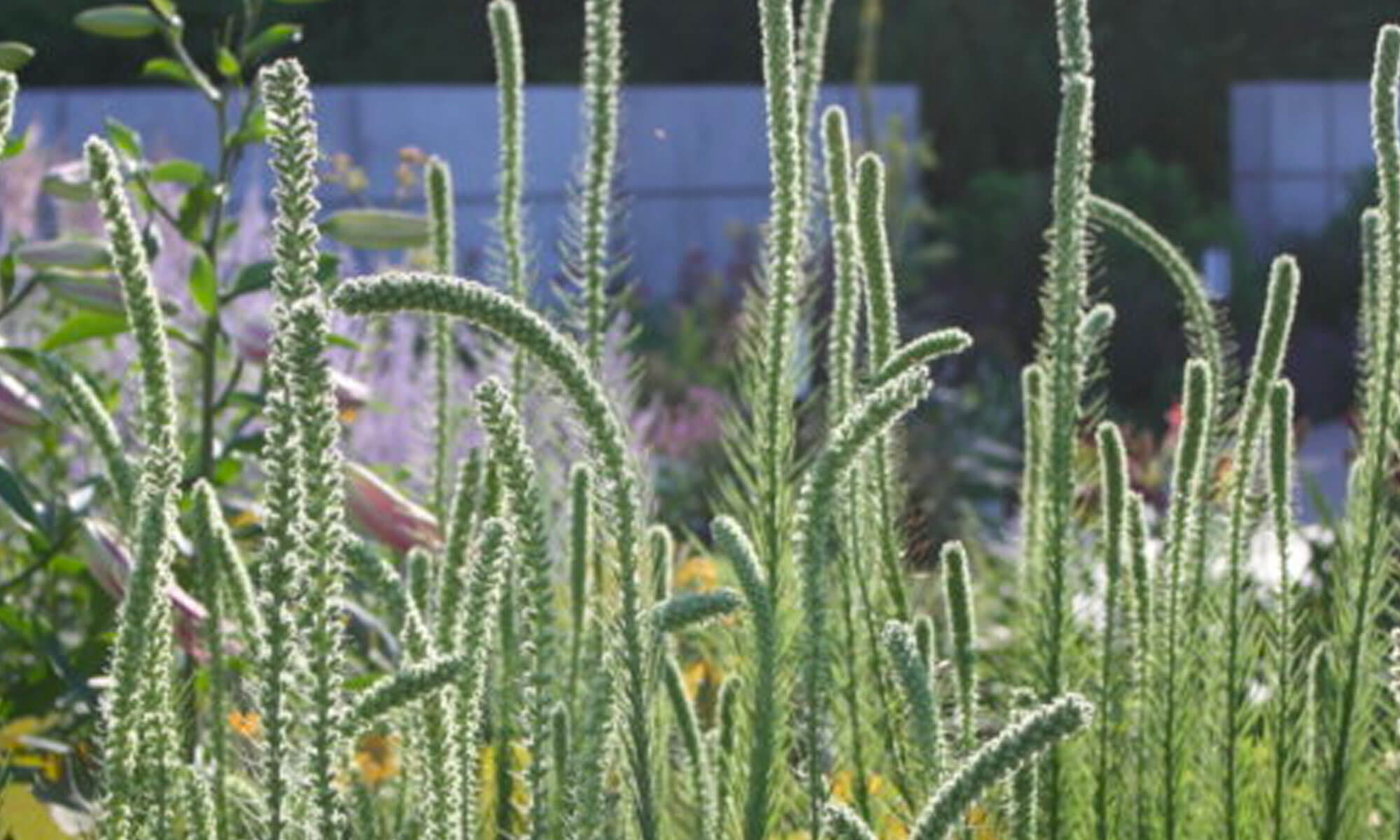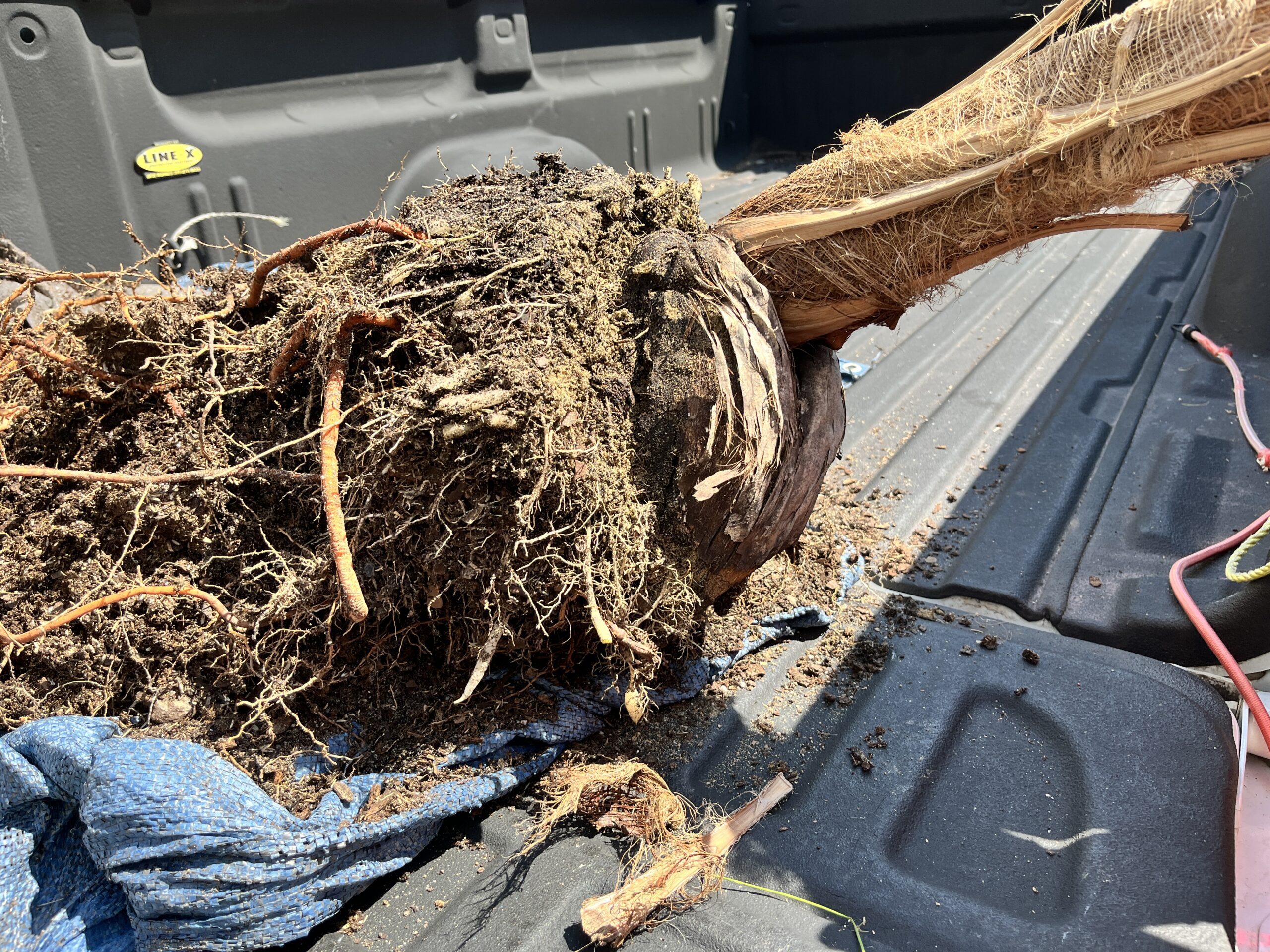July is for Pollinators
It’s July and your garden is thriving, perhaps only with weeding and occasional watering to keep you busy. But this is the gardener’s sweet spot—the time of year when you can sit outside and reap the rewards of seeds sown earlier.
This month is the time to savor your garden and the fauna who admire and appreciate it, especially pollinators. A great book to add to your shelf is Pollinators of Native Plants by Heather Holm. Holm’s book is one of the first field guides that depicts the relationship between pollinators and native plants, many of which you may already grow.
What better way to support pollinators than to intimately encounter, identify and understand those that you’re attracting to your garden? Plus, you can get a home for those bees and butterflies from our online Garden Shop.
Plant We Love: Liatris
 If you’re looking for a plant with multi-season interest, showy flowers and hordes of pollinators, Liatris, or blazing star, will do the trick.
If you’re looking for a plant with multi-season interest, showy flowers and hordes of pollinators, Liatris, or blazing star, will do the trick.
Native blazing star species (such as L. pycnostachya) may grow up to five feet tall and can flop in gardens particularly if soils are rich. You can prevent this by incorporating Liatris into dense, lush plantings that mimic this species’ native prairie circumstances. Blazing stars make great companions to taller grasses and long-flowering Phlox and Veronicastrum (Culver’s root).
If the thought of a five-foot tall blazing star seems a bit daunting, shorter species like L. spicata might scale better for small garden spaces. L. spicata, especially cultivars like ‘Trailblazer’ and ‘Kobold’, boasts beautiful purple blooms, usually just in time for other fireworks in early and mid-July.







